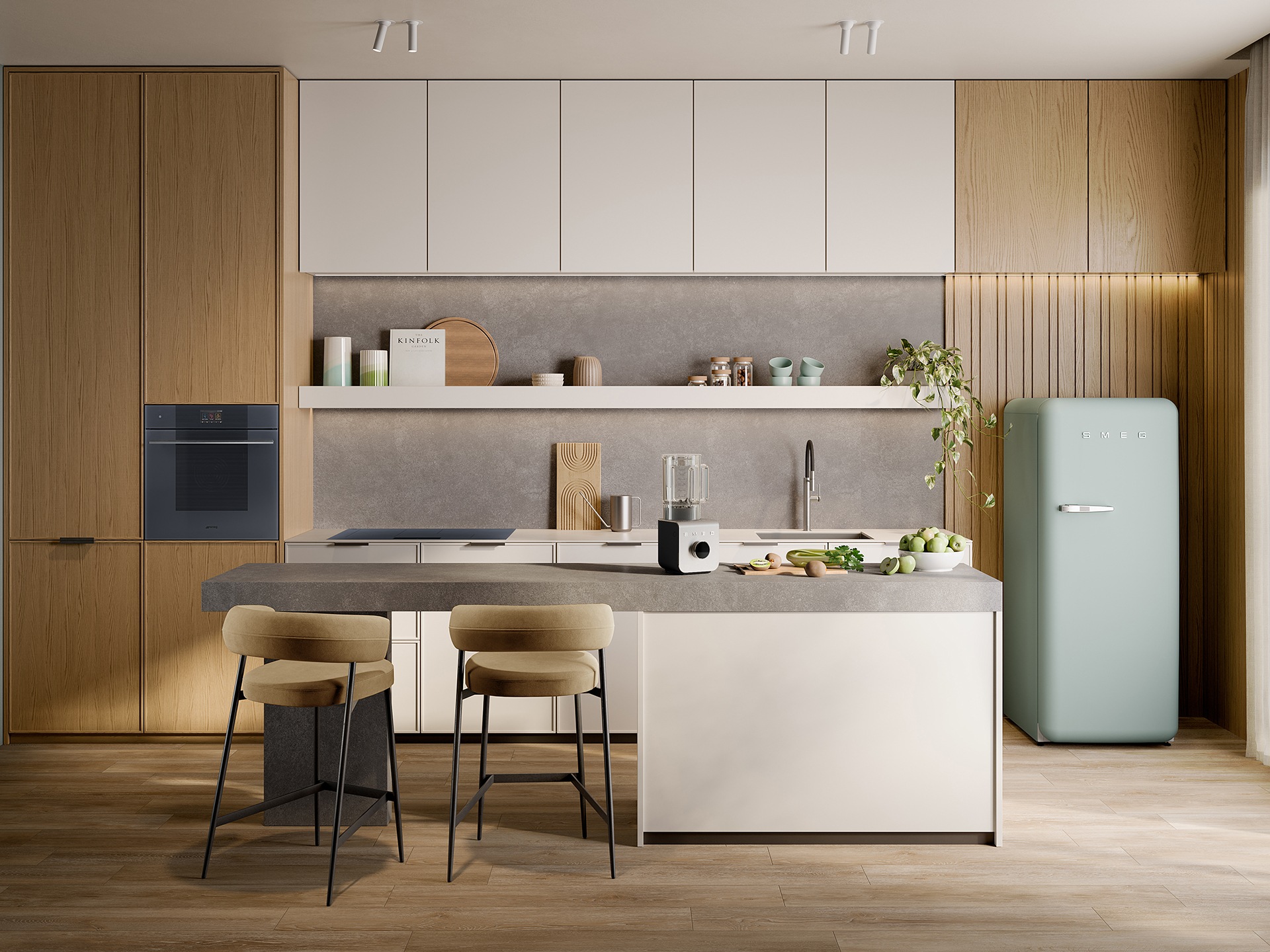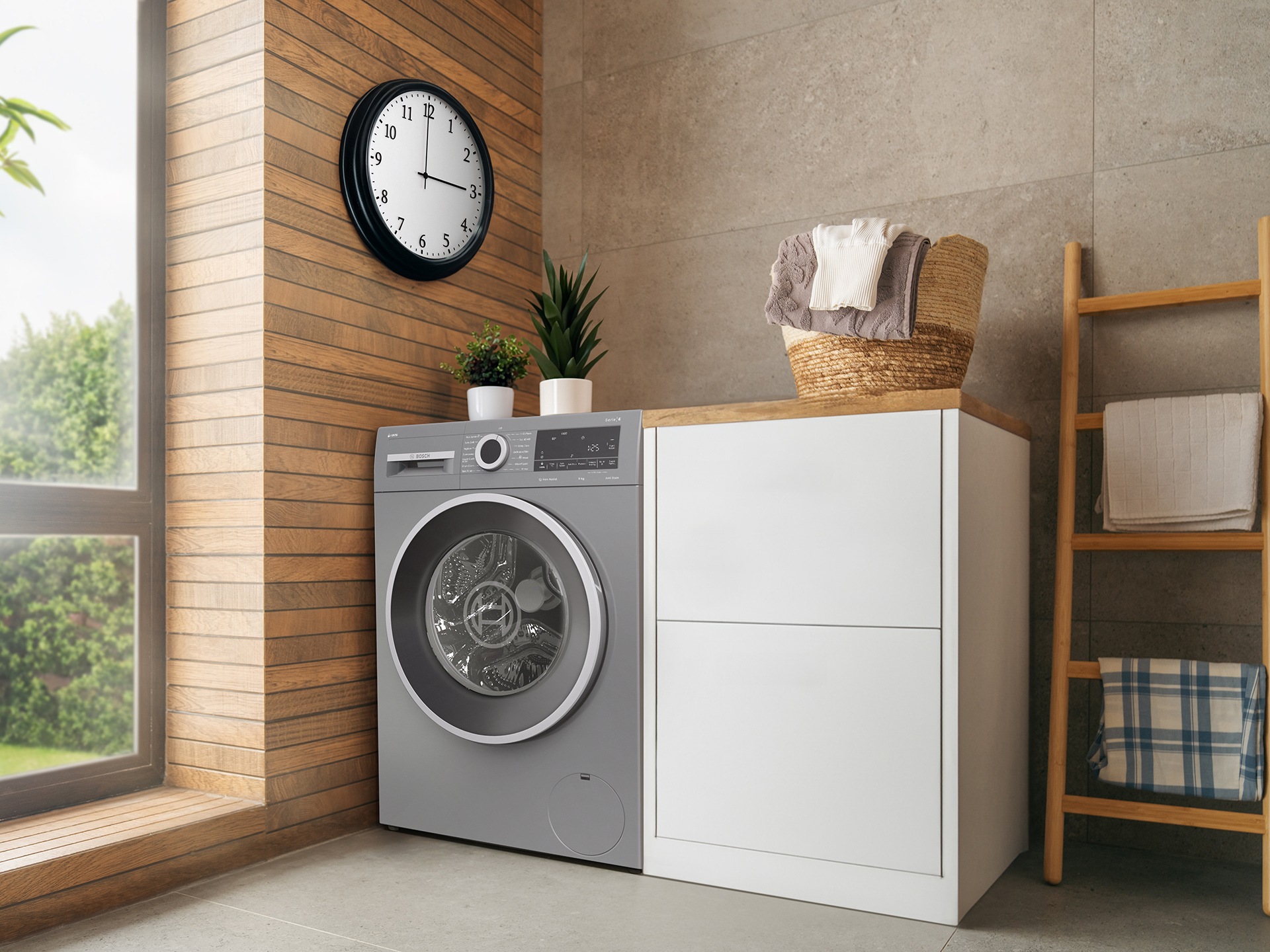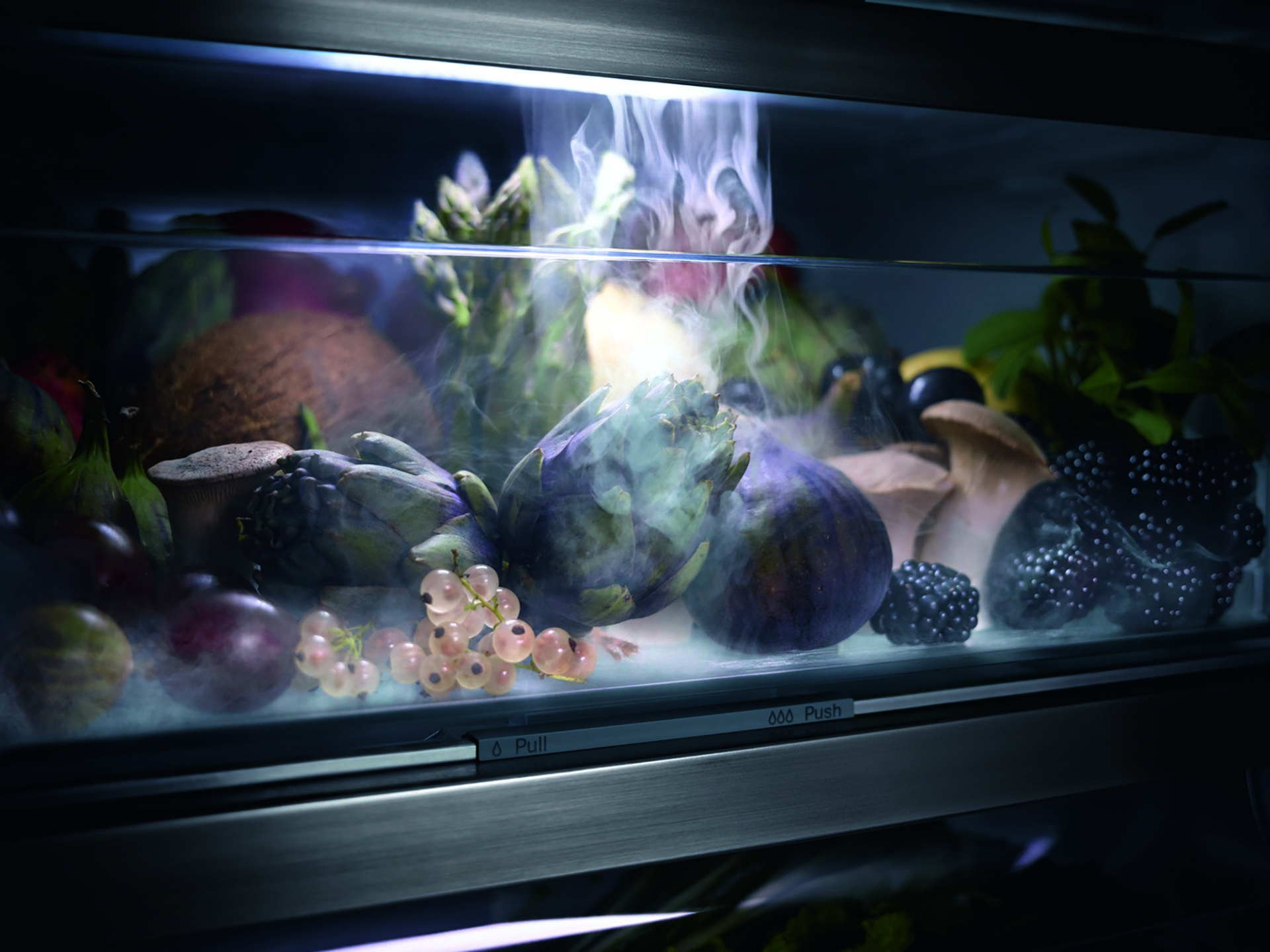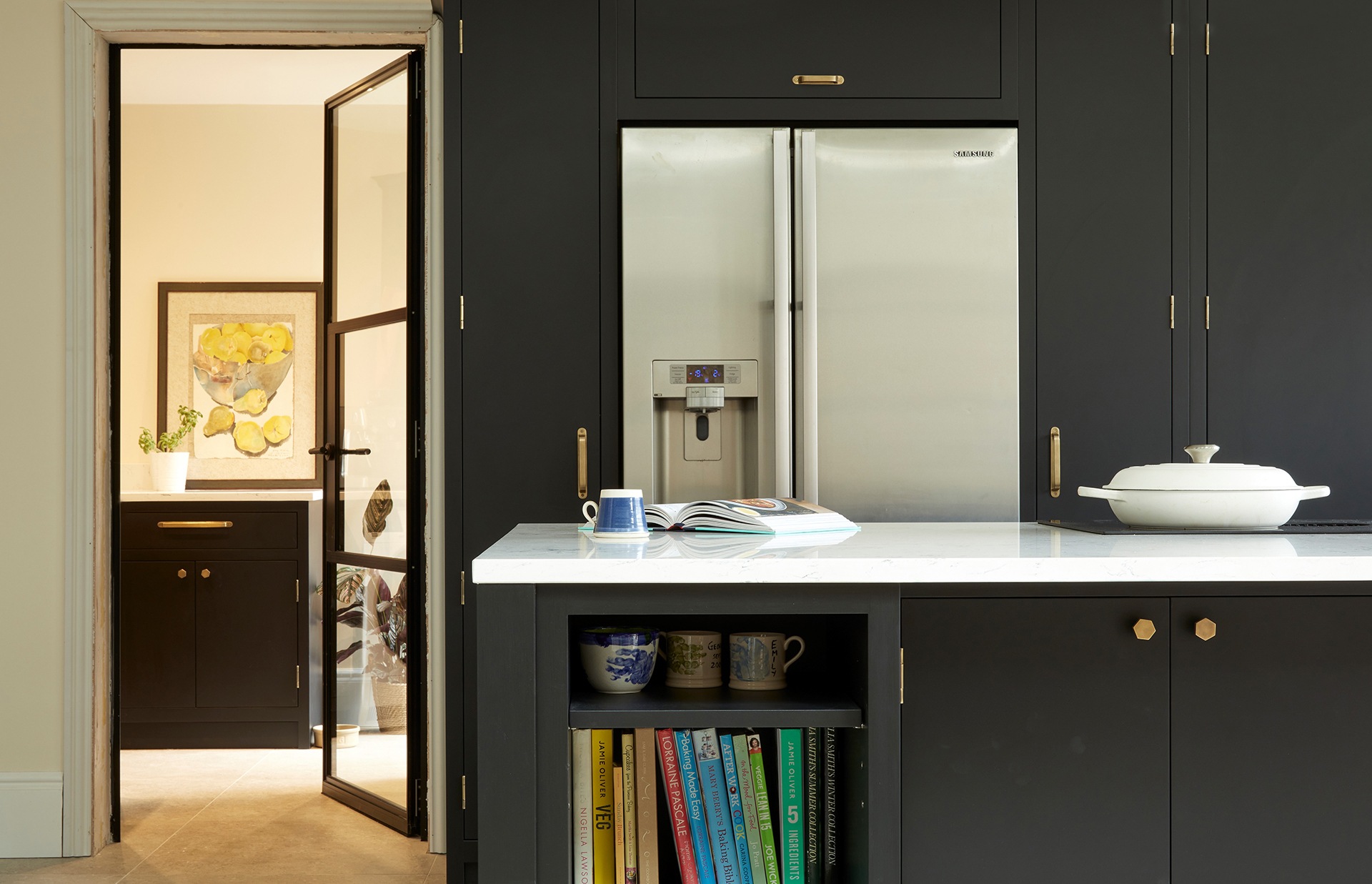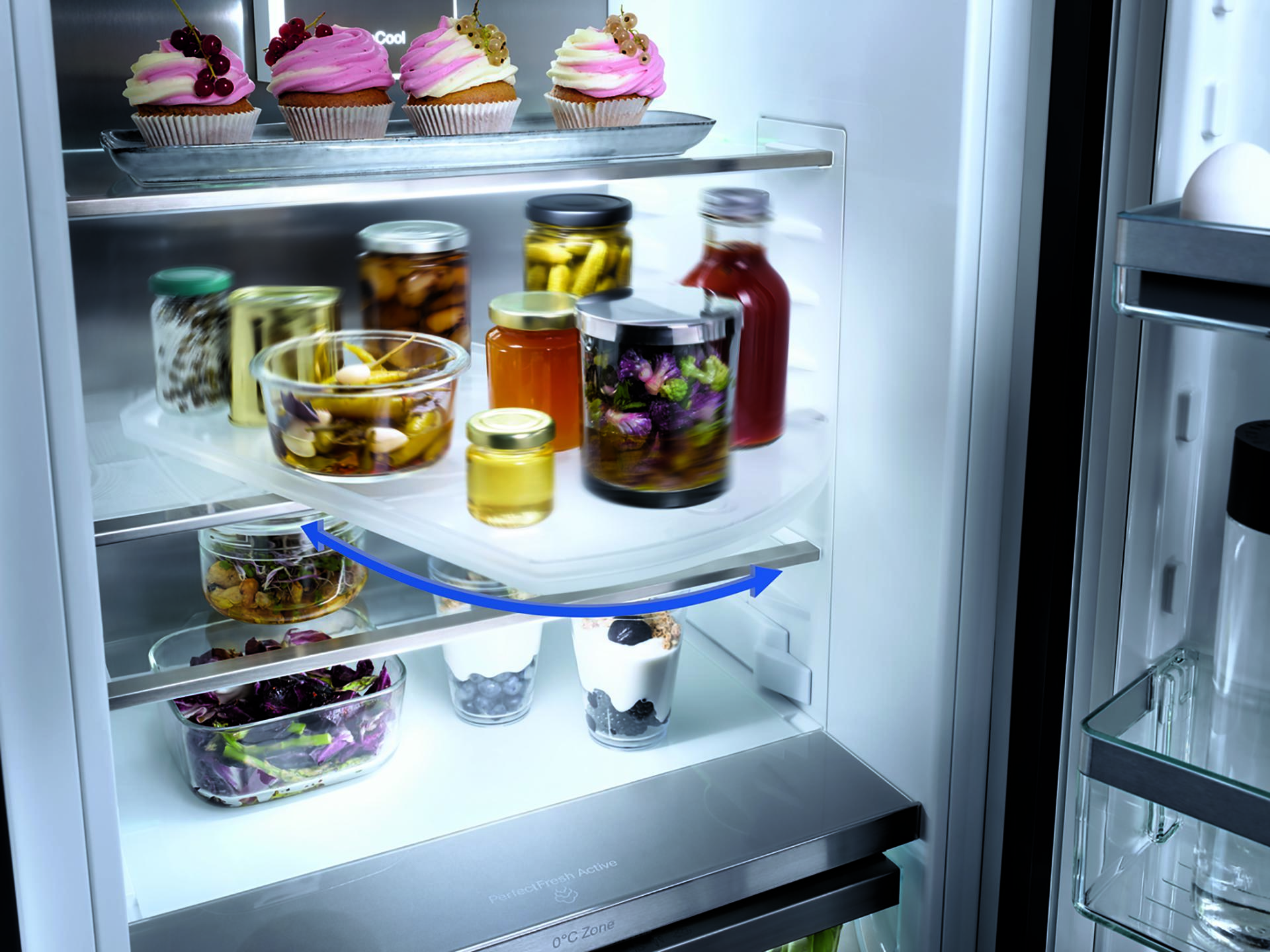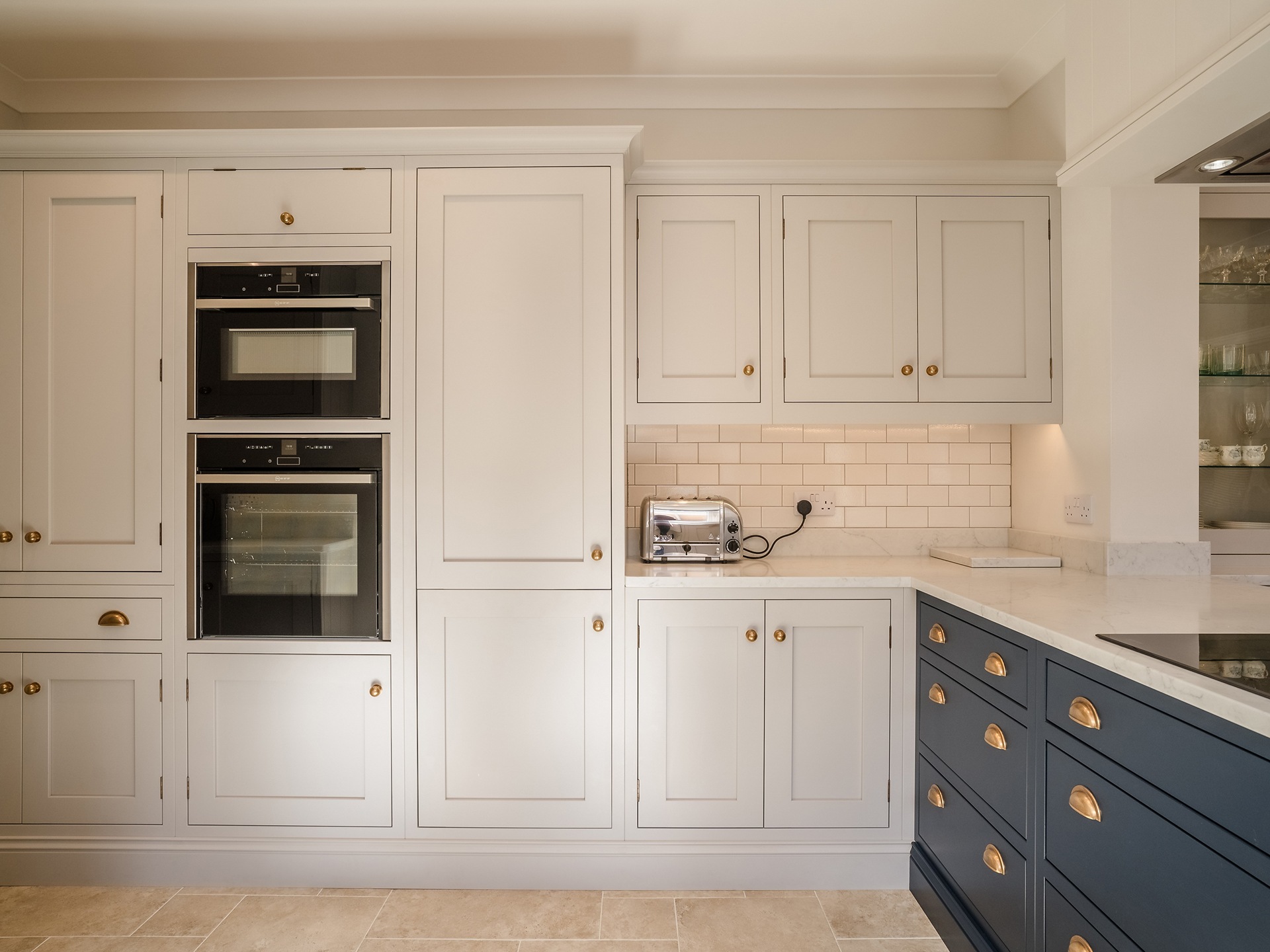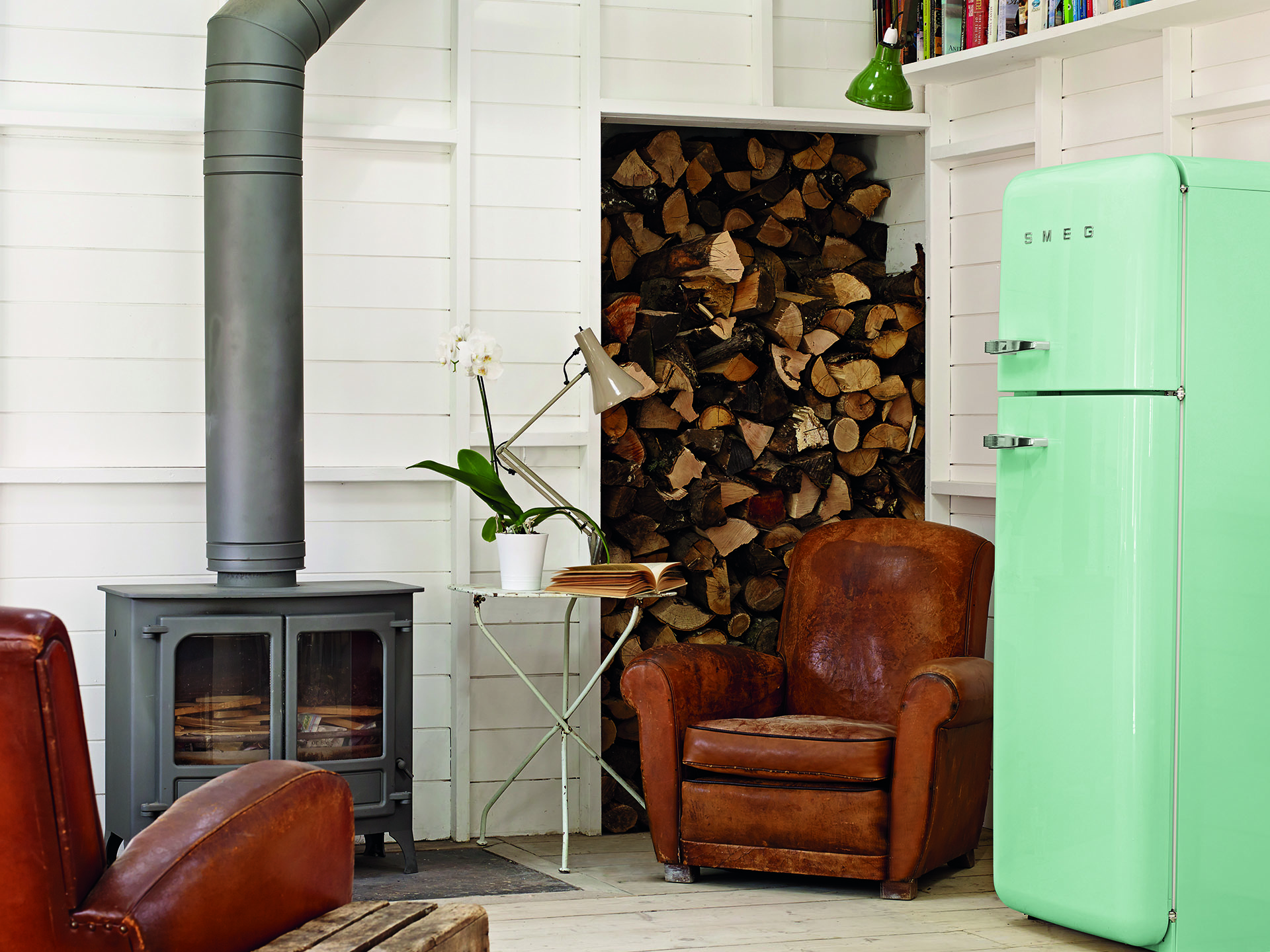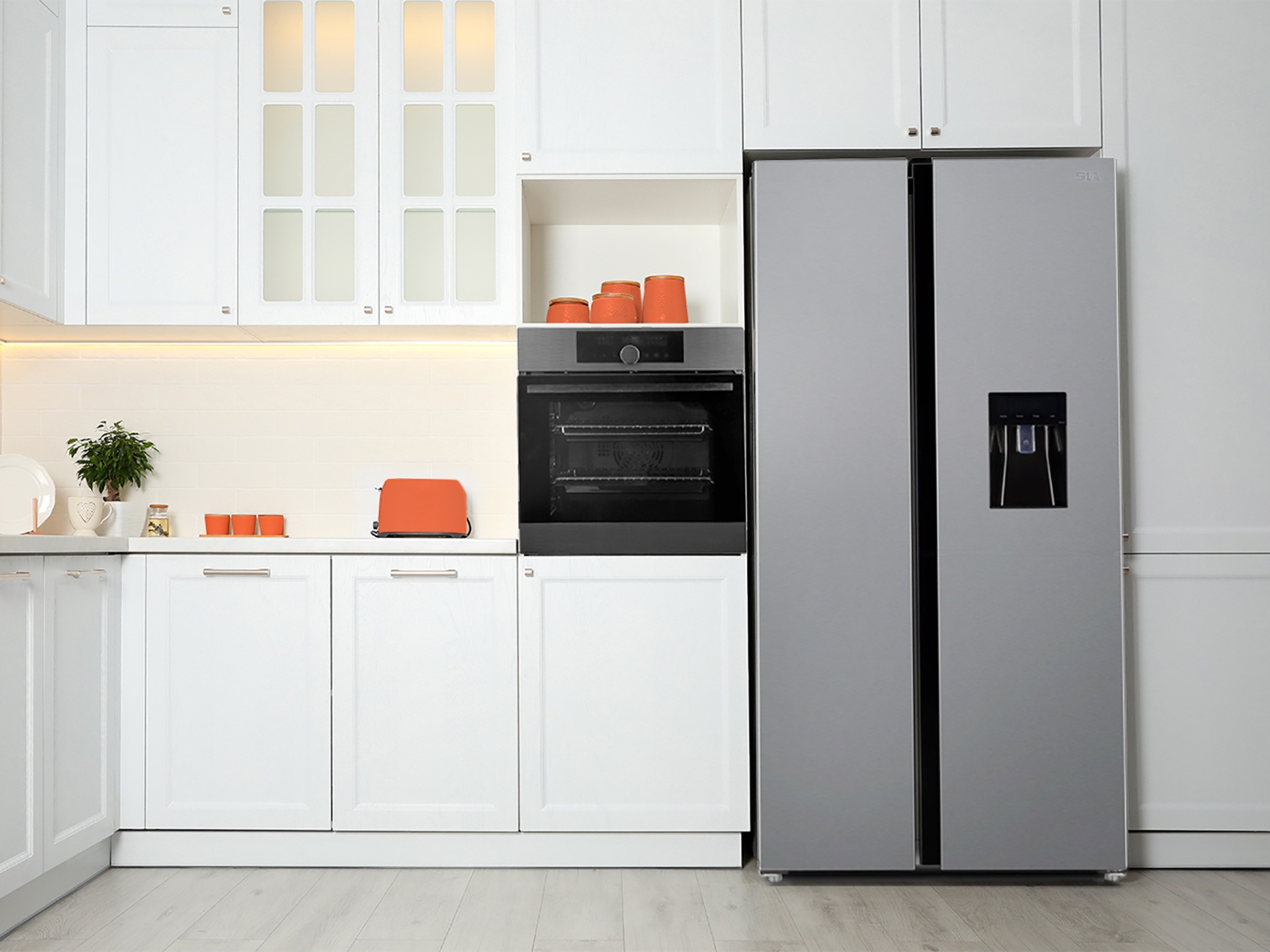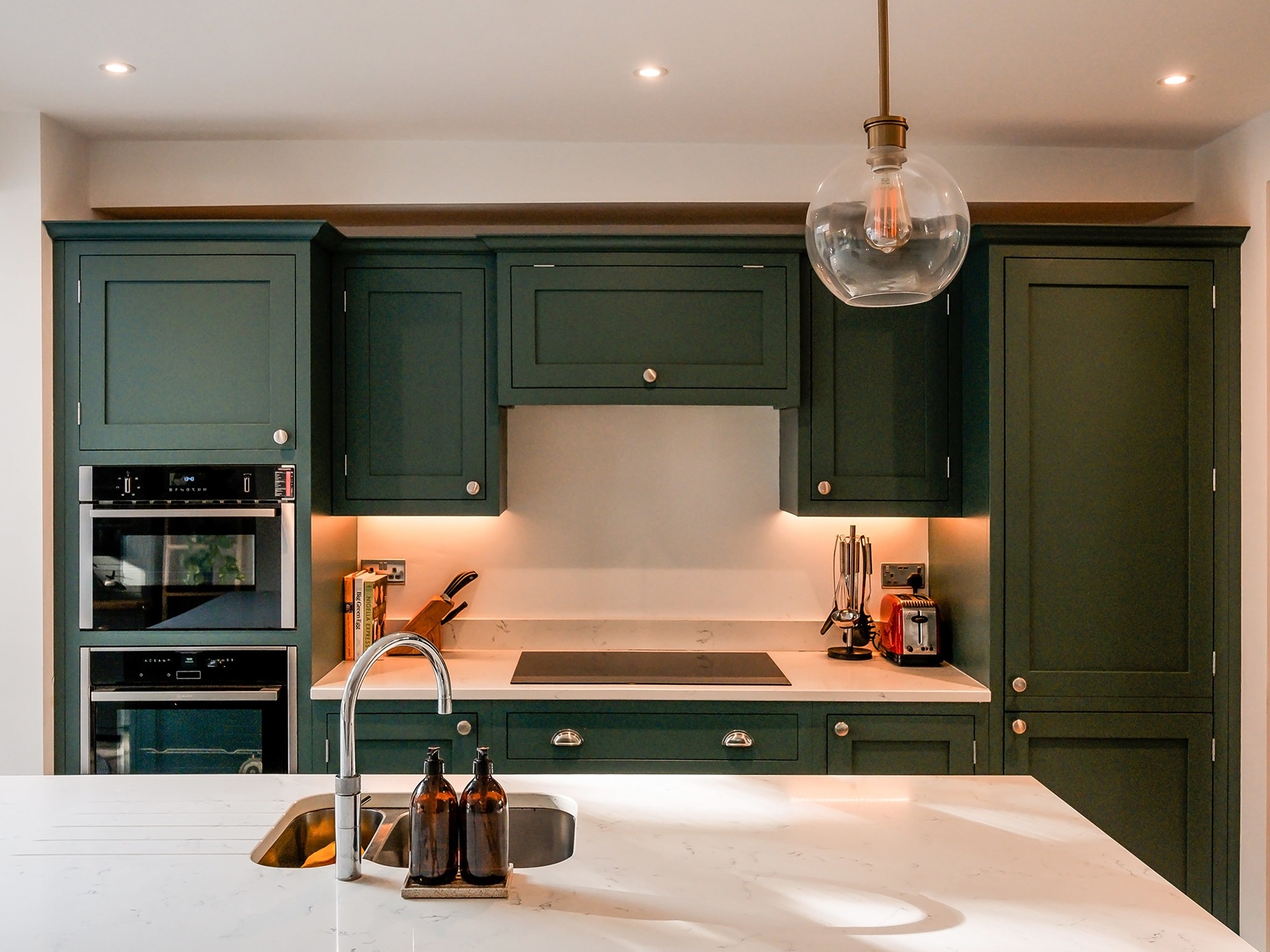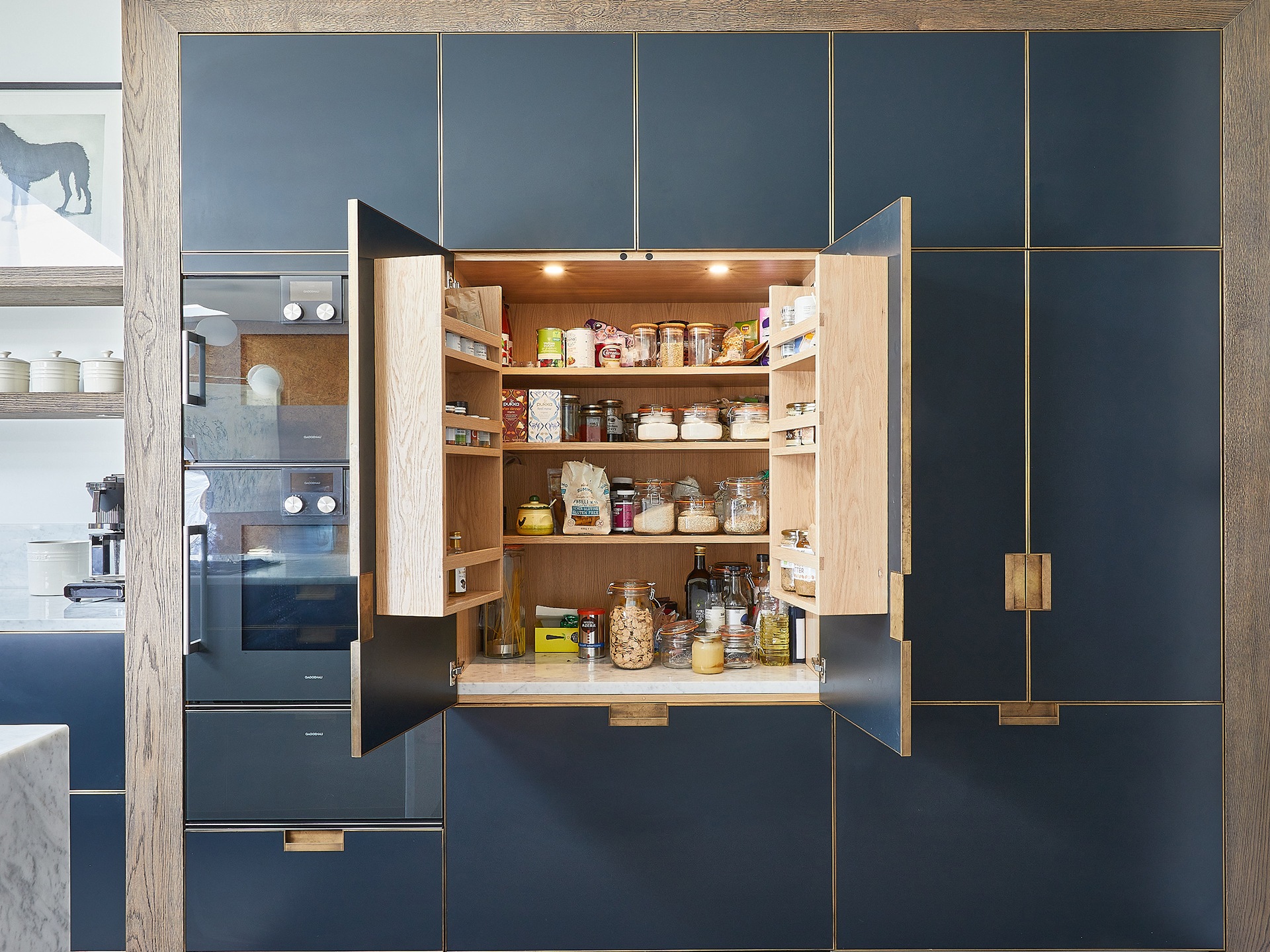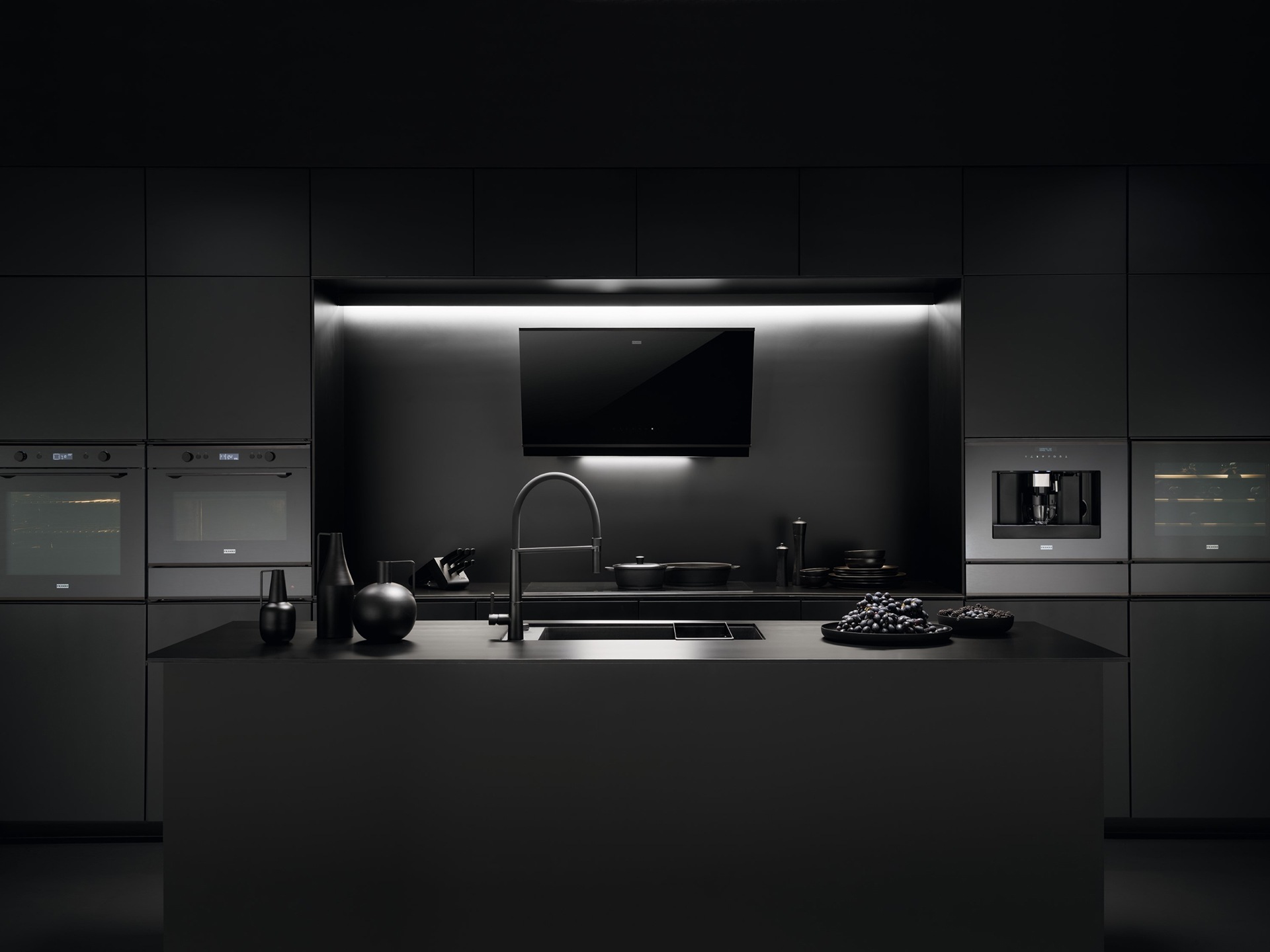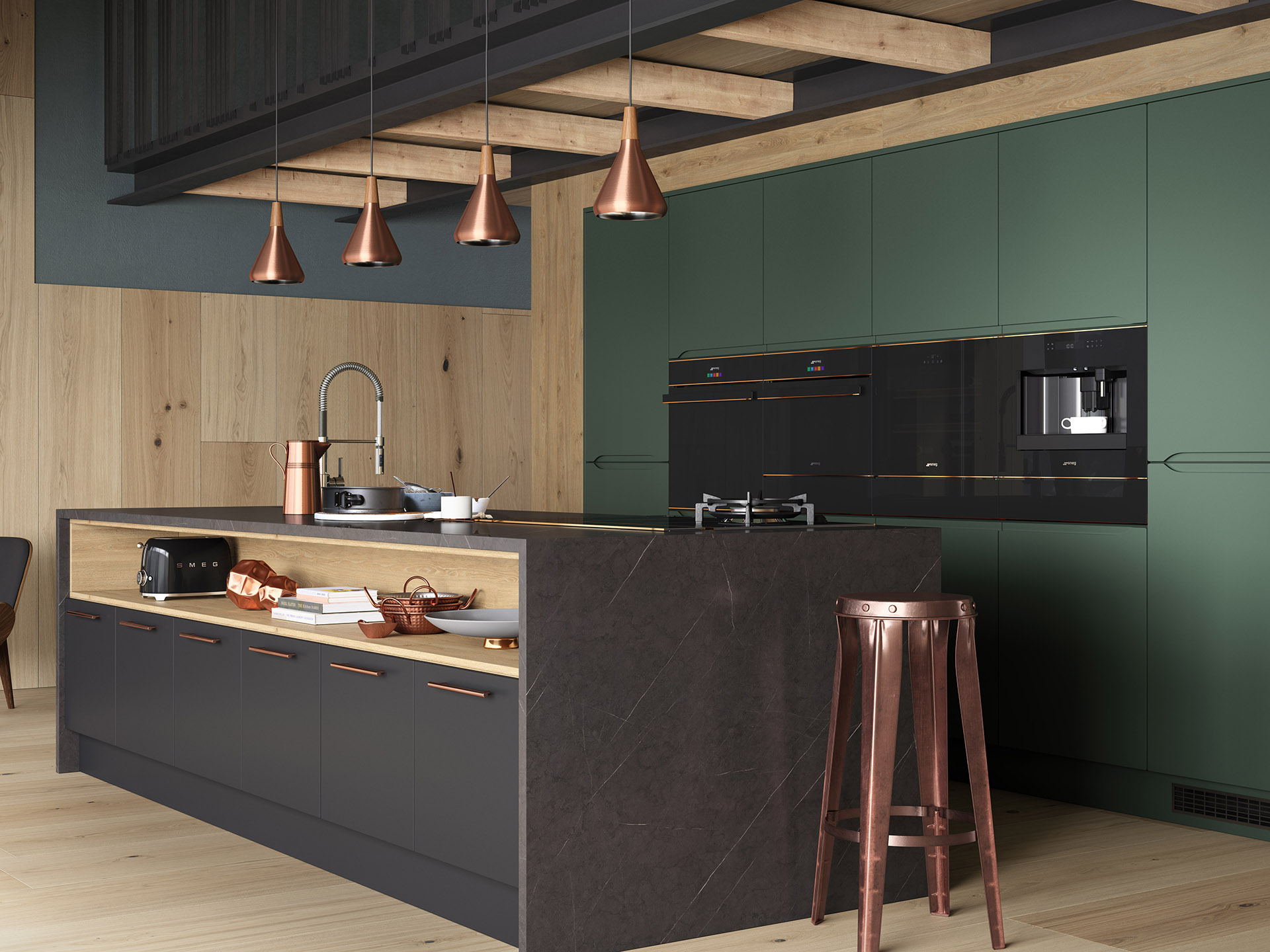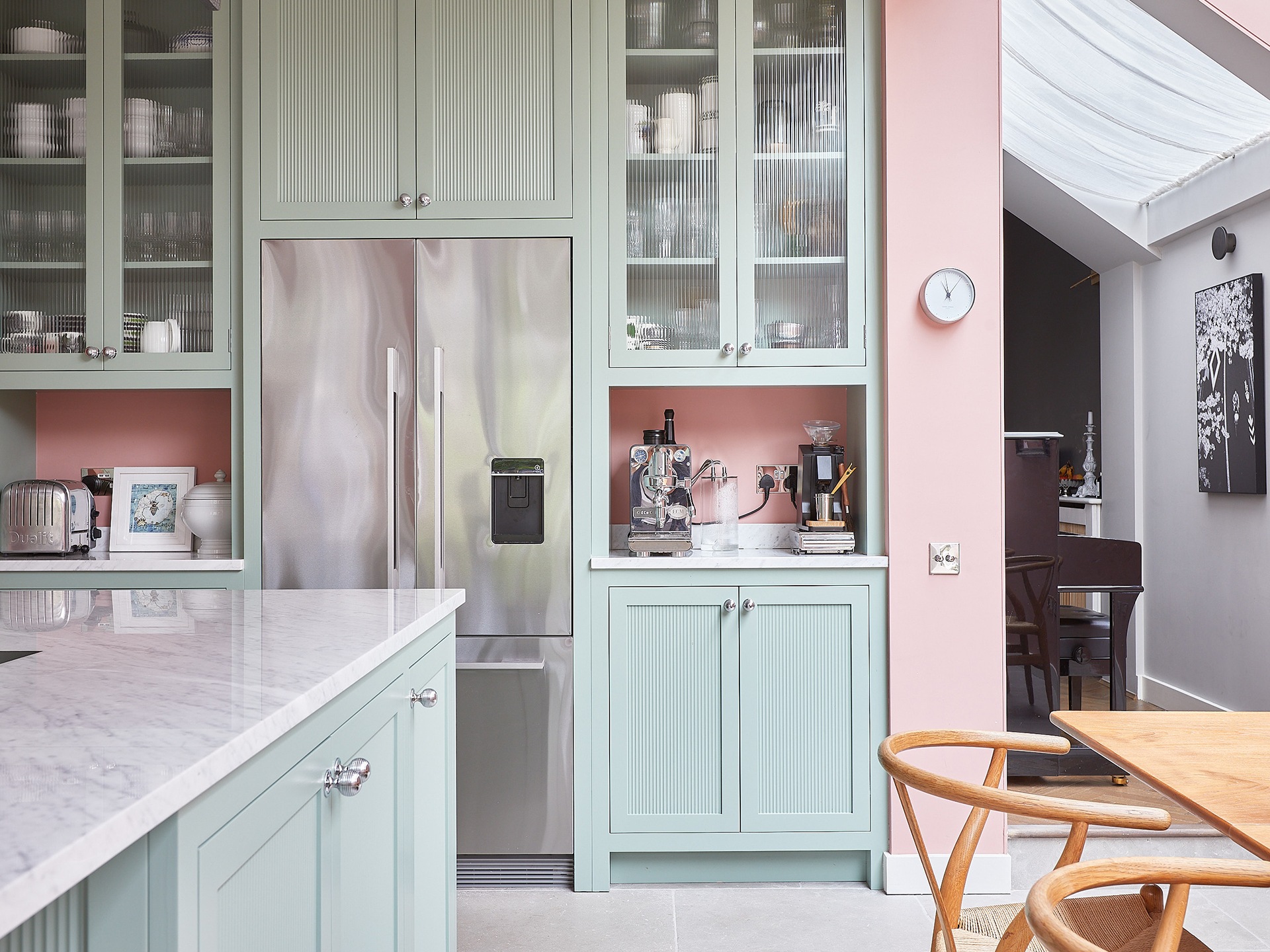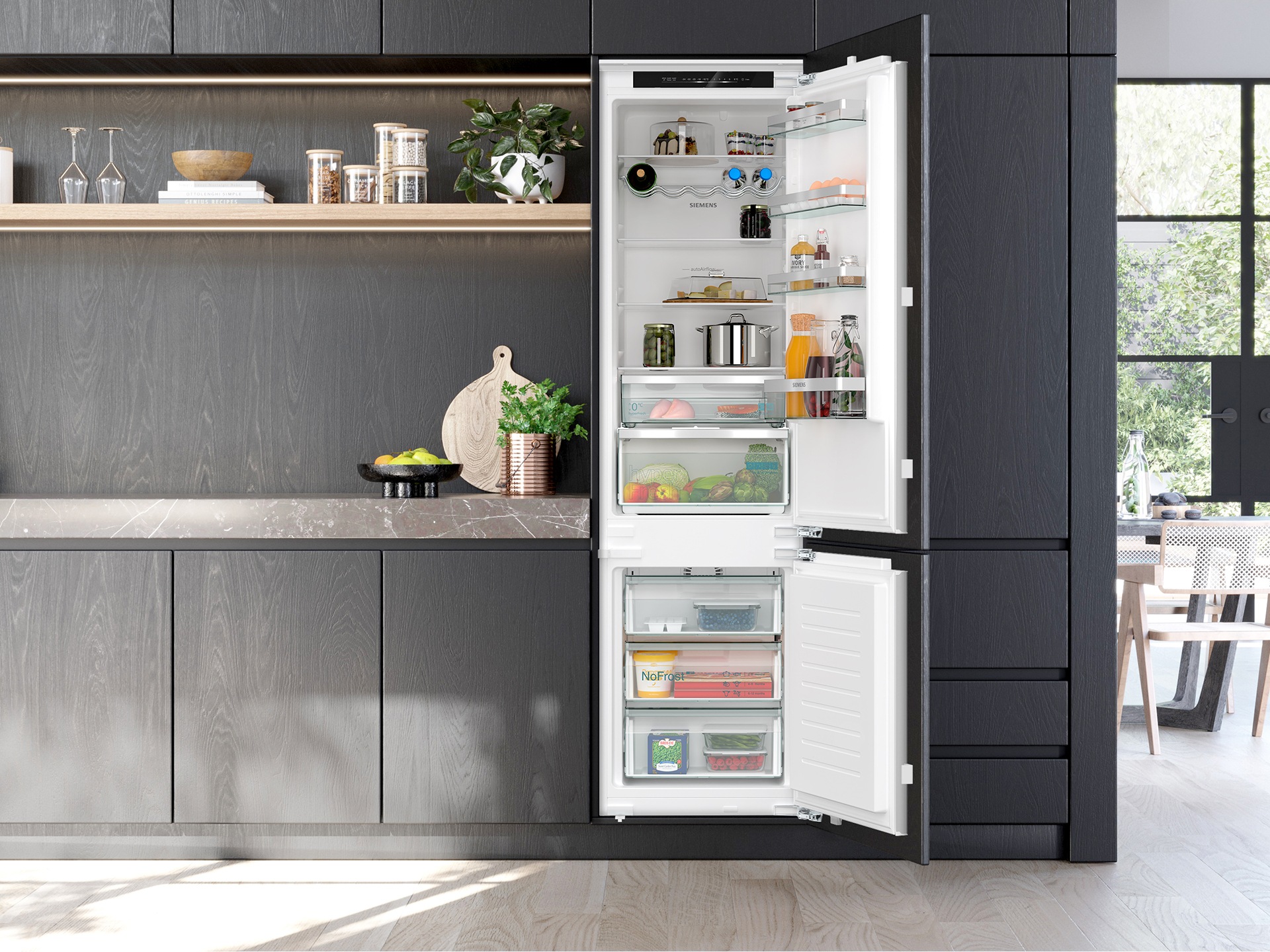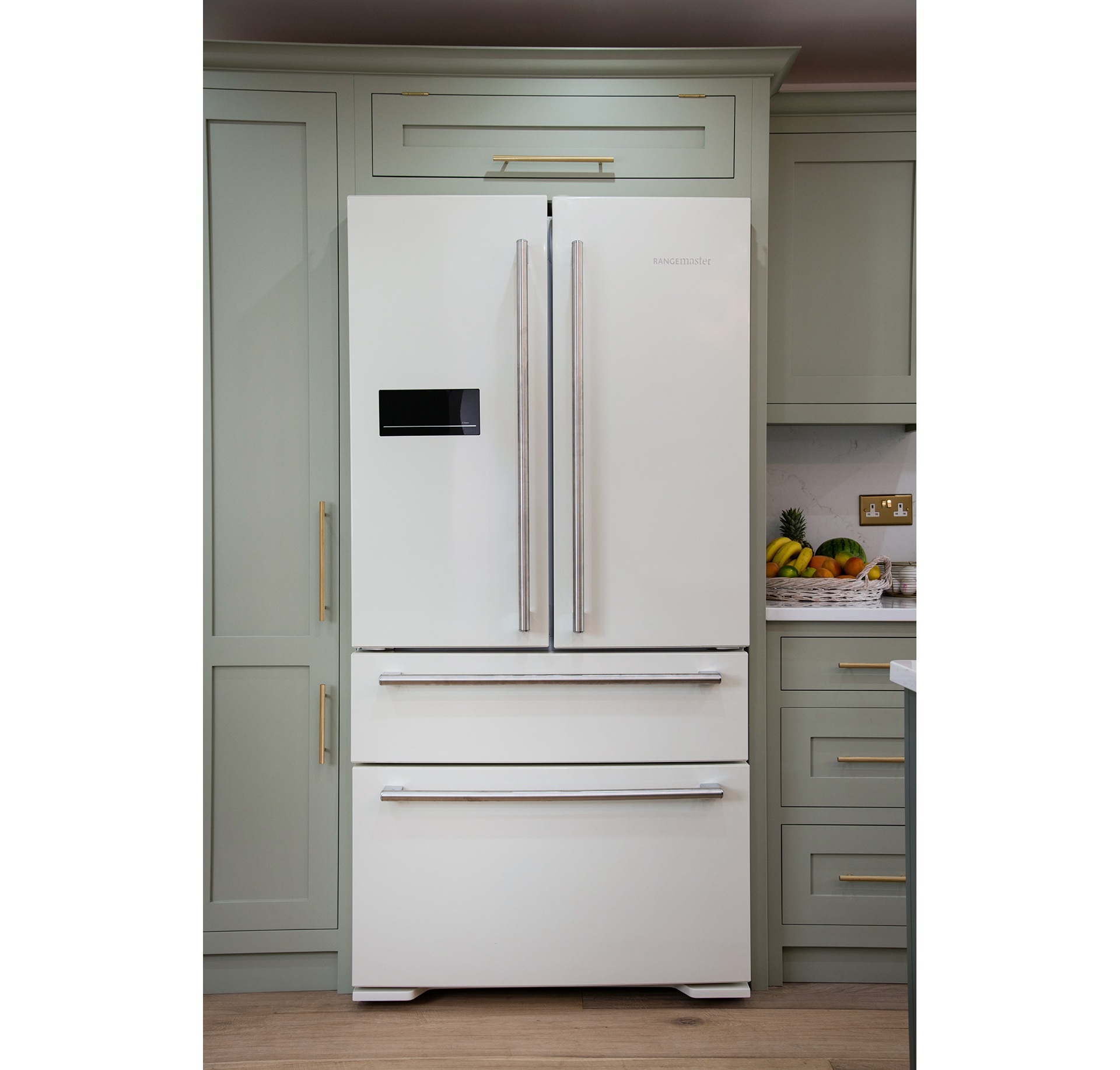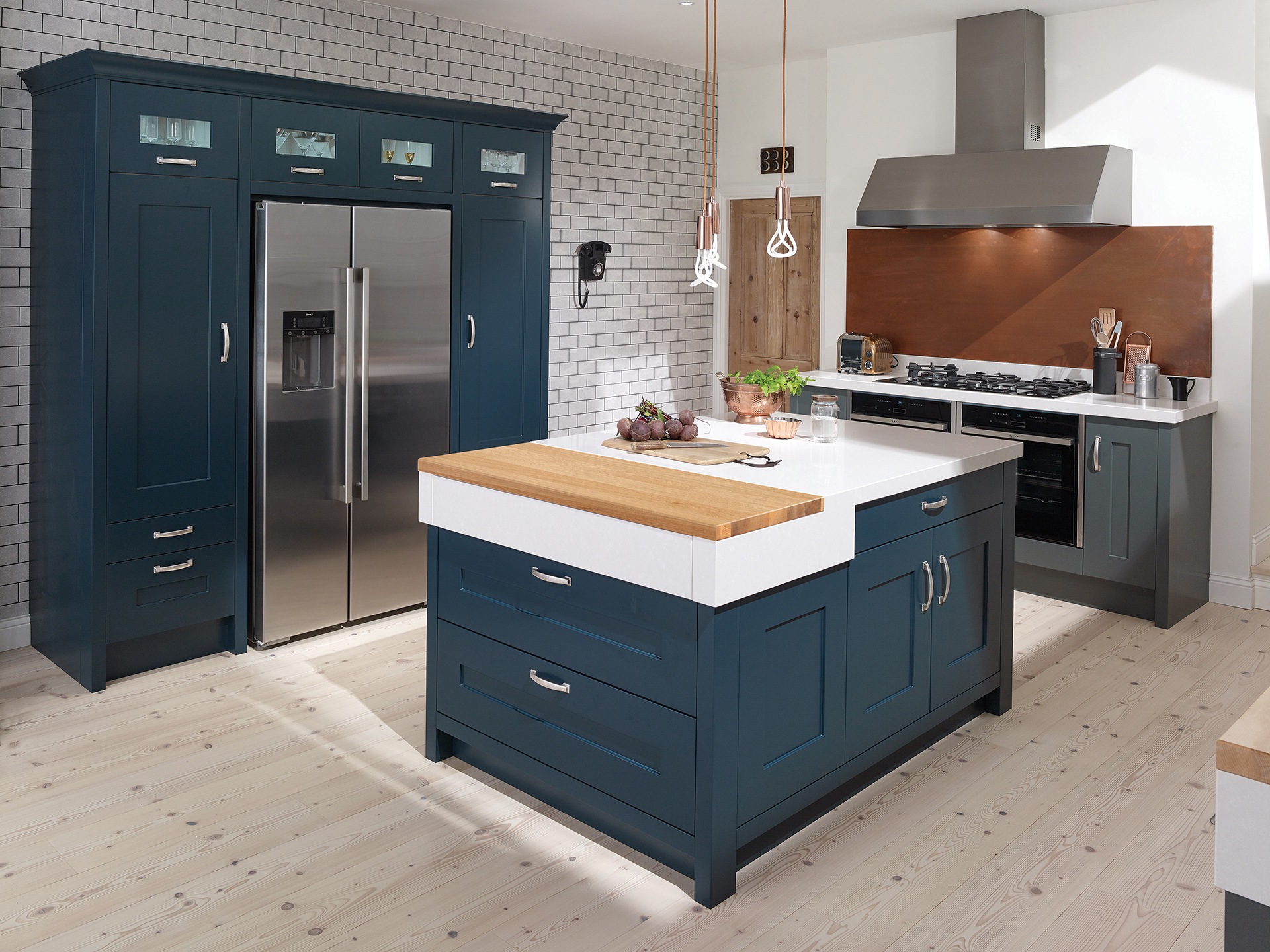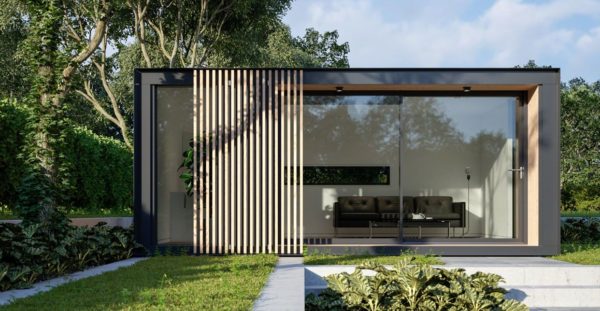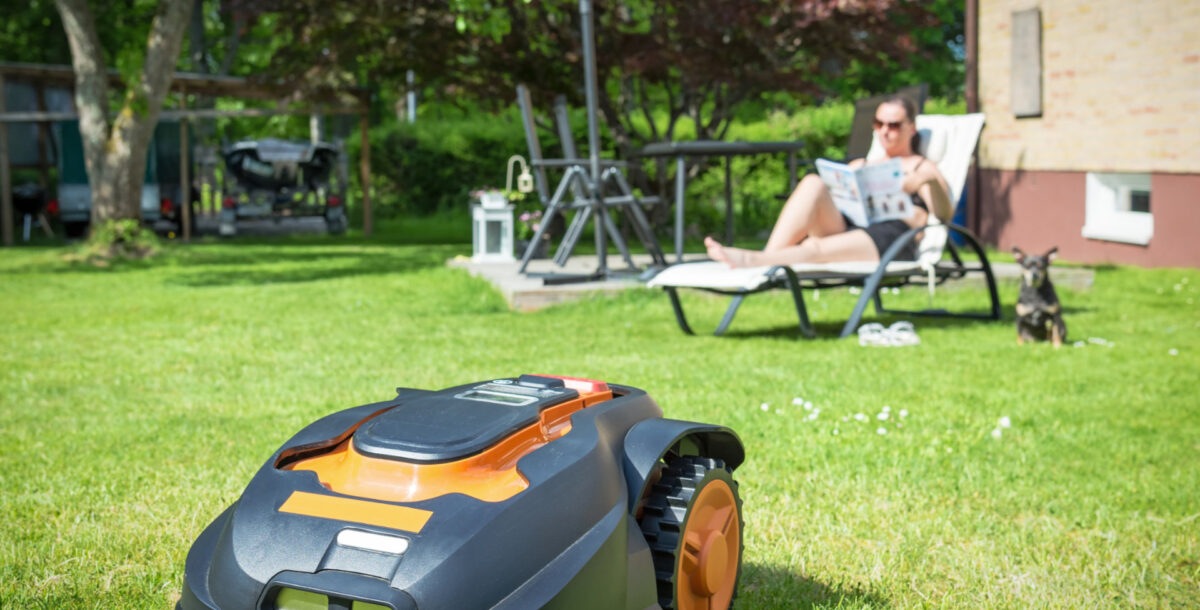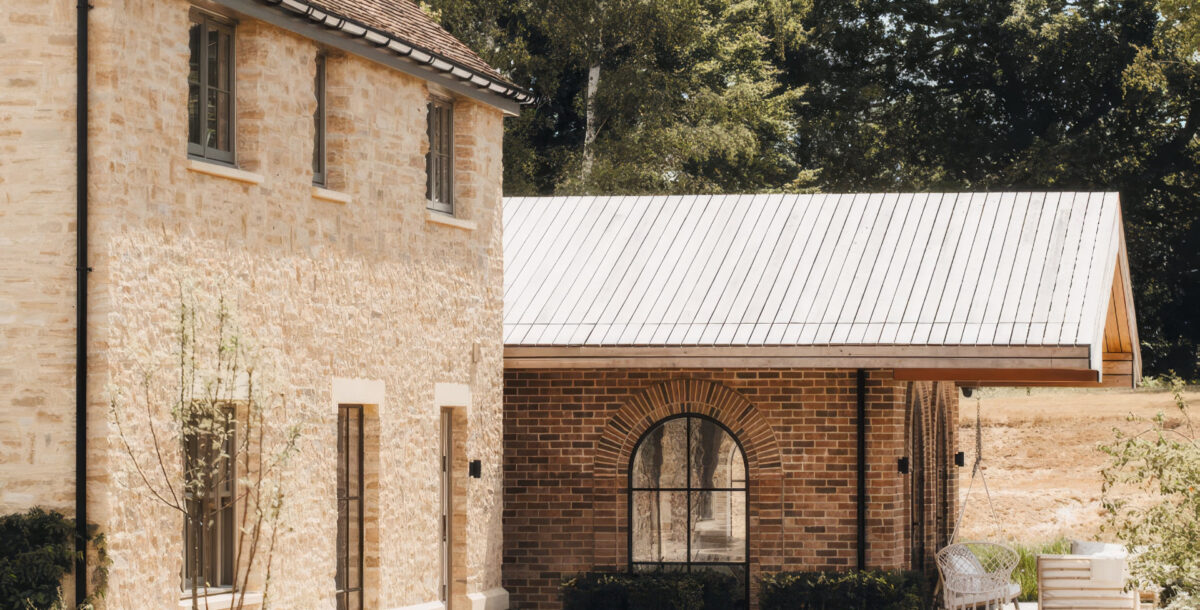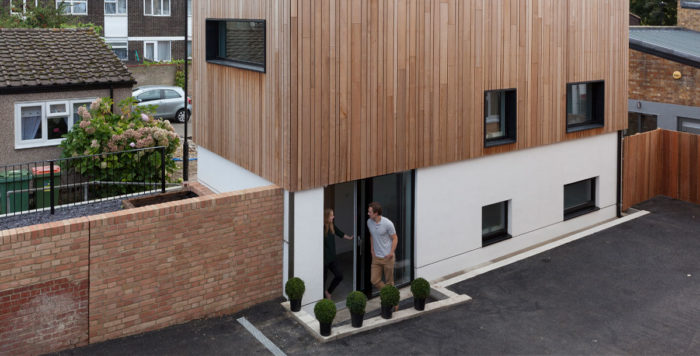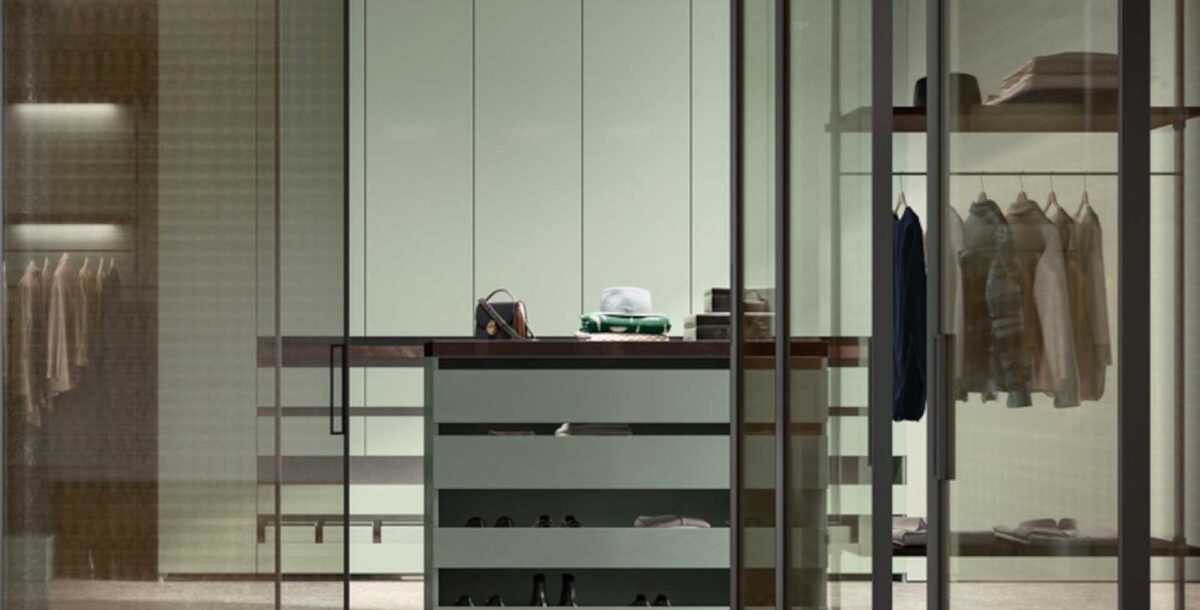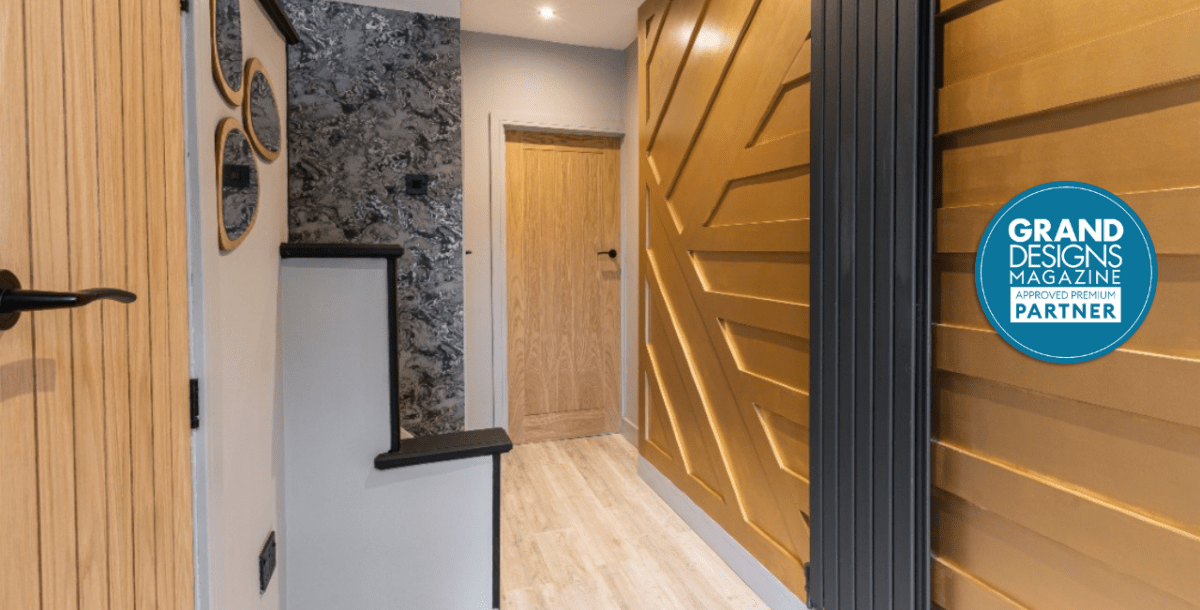Freestanding vs integrated appliances
Freestanding or integrated appliances? Which are best? We take a look at the pros and cons of both to help you decide what to choose in your next kitchen makeover.
Integrated kitchen appliances are the ones built into kitchen cabinets, hidden behind cupboard doors to give the kitchen a neat, uncluttered look. When all the doors are closed, you just see a row of cupboards and wouldn’t even know there were lots of appliances hidden away. Freestanding appliances are the standard standalone ones. We talked to the experts to find out the advantages of each type.
Freestanding appliances
Tom Hopper, of Miele GB, says, “Freestanding appliances are a versatile option, with models featuring hard-wearing laminate tops offering the choice of being used as worktop space. And, since the appliance is not built-in, it can be easily relocated if preferred, or simply re-installed in a new kitchen if you move home.”
Cost
Tim Hutchinson, from Liebherr, points out one of the key selling points, “One of the biggest benefits of purchasing freestanding appliances is that they are often more affordable than fully integrated appliances. For homeowners on a budget, freestanding appliances are a great option. For example, Liebherr’s freestanding fridge-freezers start from £429, whilst integrated fridge freezers start from £979.”
Easy to repair
David Rees, of HomeSupply, adds, “Freestanding appliances are more practical than integrated appliances, because they are easier to repair and maintain.”
He continues, “It can be harder to repair or replace integrated appliances, and is usually much more expensive. Plus, if you remodel your kitchen, it is likely that you will need to also overhaul any integrated appliances.”
Larger choice
Molly Chandler, designer at Willis & Stone kitchens, says, “Integrated appliances require careful planning and coordination during the design phase to ensure proper installation and functionality. They can also be more challenging and costly to repair or replace, as they are often built-in and can require specialised installation expertise. As they also need to fit within certain cabinet dimensions, there may be fewer options available compared to freestanding models.
“Freestanding appliances overcome many of these drawbacks. They are typically more affordable come in a wide range of styles, sizes and models. Since they are not built-in, they are easier to access when repairs are necessary, and can even be taken with you, should you move home.”
Easier to move
Sam Beckett, of Beckett’s Plumbing and Heating, says “Freestanding appliances are ideal for rental tenants and frequent movers, as they’re easy to position and install.”
Eclectic look
Freestanding appliances can also work well if you prefer an eclectic, mix-and-match aesthetic. Or if you have some statement appliances, say a lovely Smeg fridge, that you would rather show off than keep hidden away. Or maybe a nice coffee machine. Nikita Malhotra, designer with bespoke kitchen company Mowlem & Co, suggests there is one type of appliance where freestanding is always best, “Ultimately, it’s all a matter of taste and space and how you like to live when it comes to appliances, so doing some research is important.
“When it comes to coffee machines, however, we usually recommend going for a freestanding countertop model rather than a built-in version. These can look very stylish; some are quite minimal whereas the bigger ones can actually become a feature. Either option can look smart sitting on the worktop. Built-in coffee machines tend to be considerably more expensive than a freestanding version, can be time-consuming to clean, and often mean adding another tall housing to accommodate.”
Integrated appliances
So what are the advantages of integrated appliances? Al Bruce, founder of Olive & Barr kitchens, says, “The best way to give your kitchen a streamlined feel is to integrate key appliances into the kitchen. That way, everything simply lies behind closed doors. This is particularly useful in compact kitchens where every inch of cupboard space counts as well as open-plan kitchens where clutter needs to be out of sight.”
Streamlined look
Molly Chandler agrees, “Where integrated appliances are concerned, the main advantages lie in the visual appeal. Integrated appliances give a clean and sleek look, ideal for those wanting a clutter-free, streamlined design. By concealing appliances behind cabinetry panels, integrated designs contribute to a sense of spaciousness and can make the kitchen feel larger and more open.” Integral appliances work well whether you are going for a minimalist look or a Shaker style kitchen. Another trending idea that allows you to hide clutter and streamline your kitchen is the built-in pantry.
Jo Sargent, from Franke UK says, “Integrated appliances help the kitchen look less ‘kitcheny’ with a neater appearance that elevates the visual value. You can put the focus on the appliances you want to show off, such as your ovens or coffee machine, rather than the less interesting-looking dishwasher or washing machine.
Ergonomics
“A gallery installation, where appliances are placed in a single run at eye level, is an excellent option to go for if space allows. Ergonomically, everything is at the right height to see and work with avoiding bending down or straining backs lifting heavy things out of the oven for example. It also adds a very big style plus to a kitchen design.
Accessibility
“Integrated appliances can also be installed at optimal heights for improved accessibility, making them easier to reach and use for individuals of all ages and mobility levels.”
Easier to clean
Jo points out another plus for the integral appliance, “Since integrated appliances are installed flush with the cabinetry, there are fewer gaps and crevices for dirt and grime to accumulate. This can make cleaning easier and more convenient.”
Less noise
Another consideration you might not have thought of is the amount of noise made by the different types of appliance. According to Quiet Mark, “Freestanding appliances are great for anyone wanting the flexibility to update the look of their kitchen. However, on average, they emit more sound than their integrated counterparts, as they are fully exposed. Integrated appliances are likely to be the quietest option as they enclose the main noise generating components within the built-in unit.”
The best of both worlds: boxing in appliances
If you’re looking for the sleek integrated look, but have a particular freestanding appliance that you want to use, another option is to box it in as Robert Stein, from Rangemaster, explains, “A French-door fridge-freezer, for example, is generally considered a statement freestanding appliance. However, you can easily blend this large product into your kitchen design by incorporating it within the cabinetry. This allows you to create an integrated-inspired look and maximise storage space. When surrounding freestanding appliances with furniture, it is vital to allow adequate space between the outside edges of the fridge-freezer and the cabinets to ensure sufficient ventilation. As a guide, the cabinetry above must have a 100mm clearance, while the sides and back wall require at least 50mm space. This is the perfect solution if you want large fridge-freezer capacities, while retaining a streamlined aesthetic alongside cabinetry.”
Planning is key
If you’re planning a new kitchen Al Bruce, recommends, “One of the best things you can do when planning out your new kitchen is think about how you will use the space. Consider your workflow, preparation area, coffee-making station and whether you’ll ever use your island as a work-from-home space — and do everything you can to make sure you position your plumbing and power supplies in the correct place. From deciding whether you’ll have an integrated microwave or need to add a countertop plug to picking a place for your toaster to sit, the more you can envisage now the better prepared you’ll be for these decisions down the line.”

